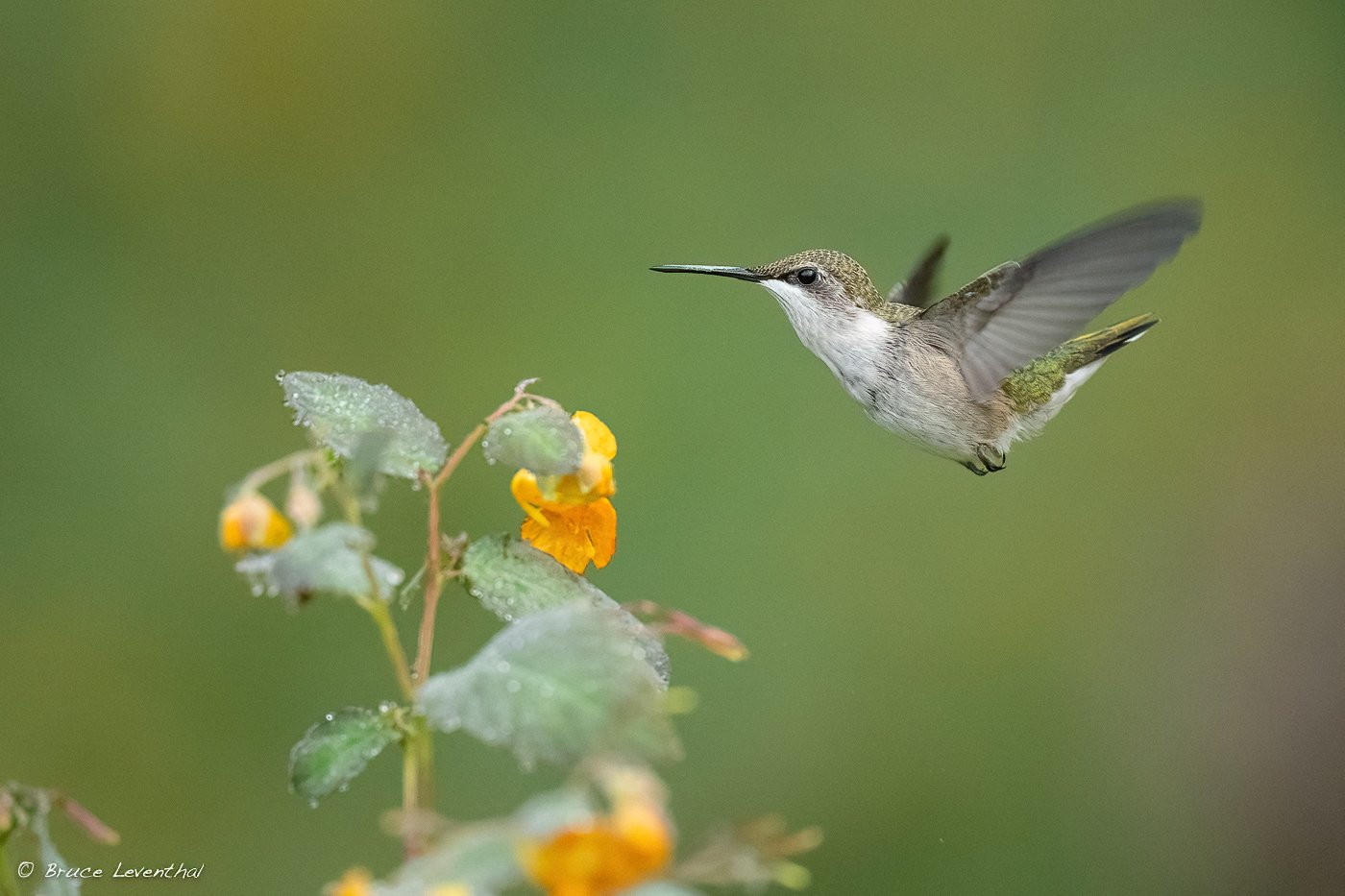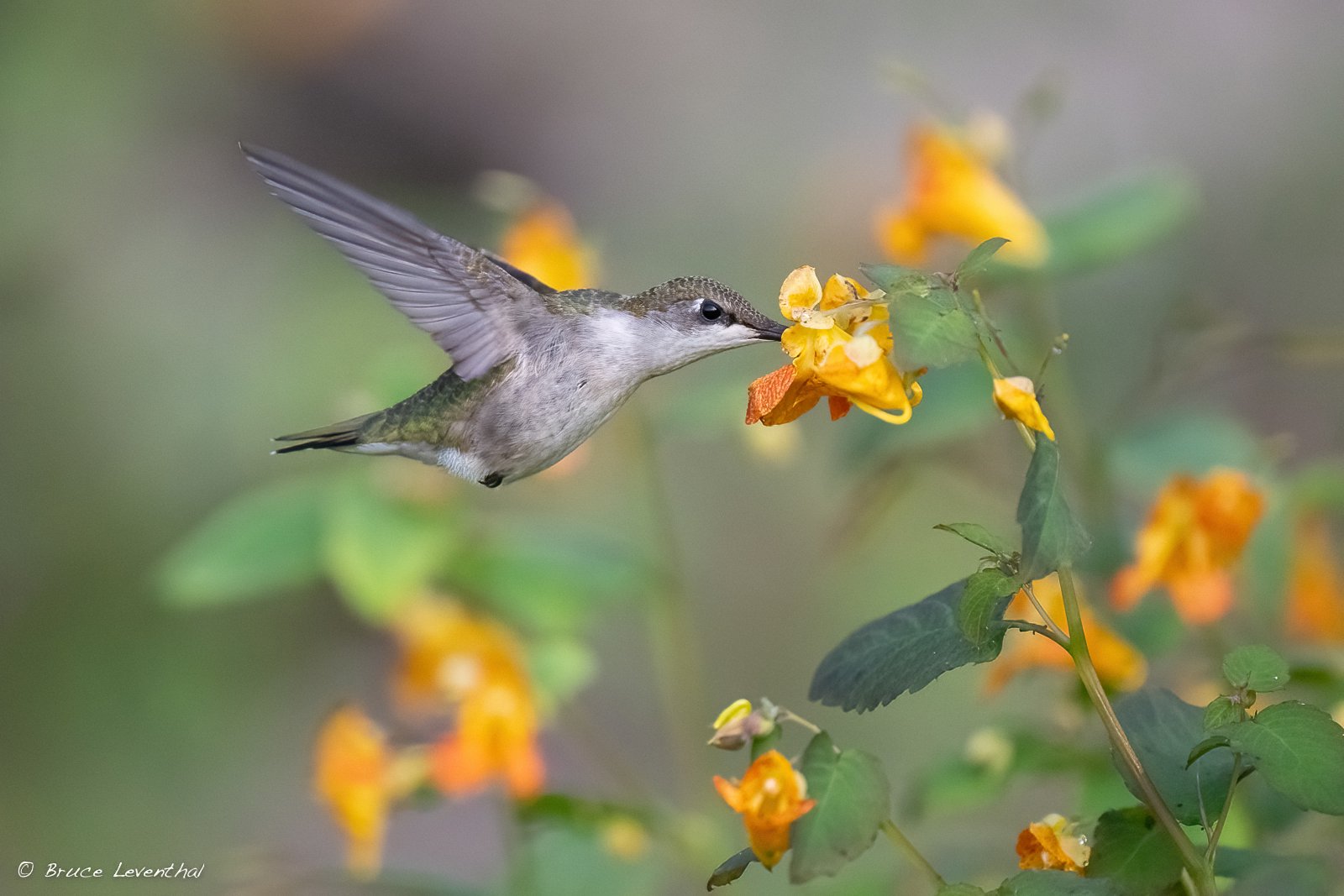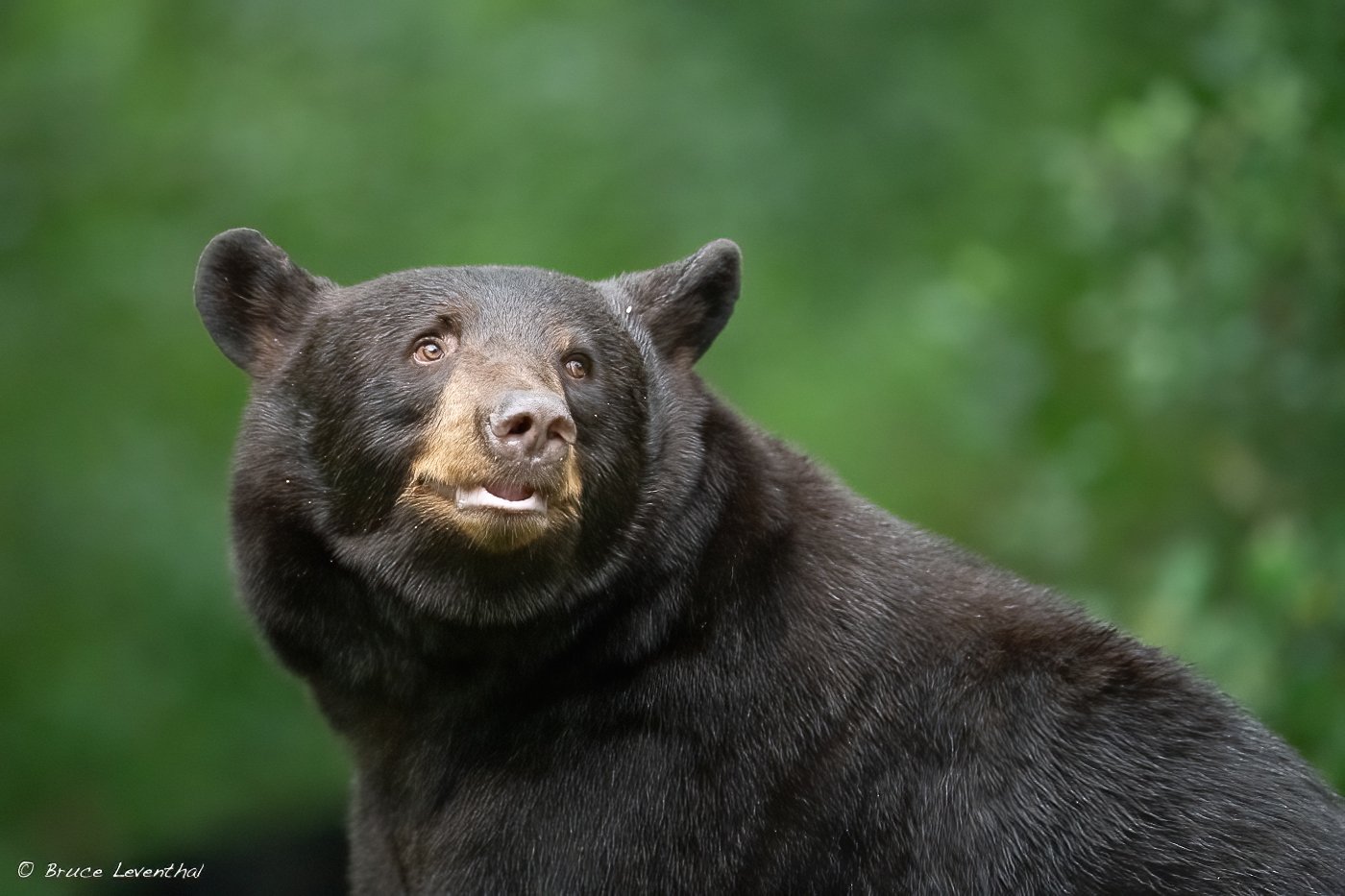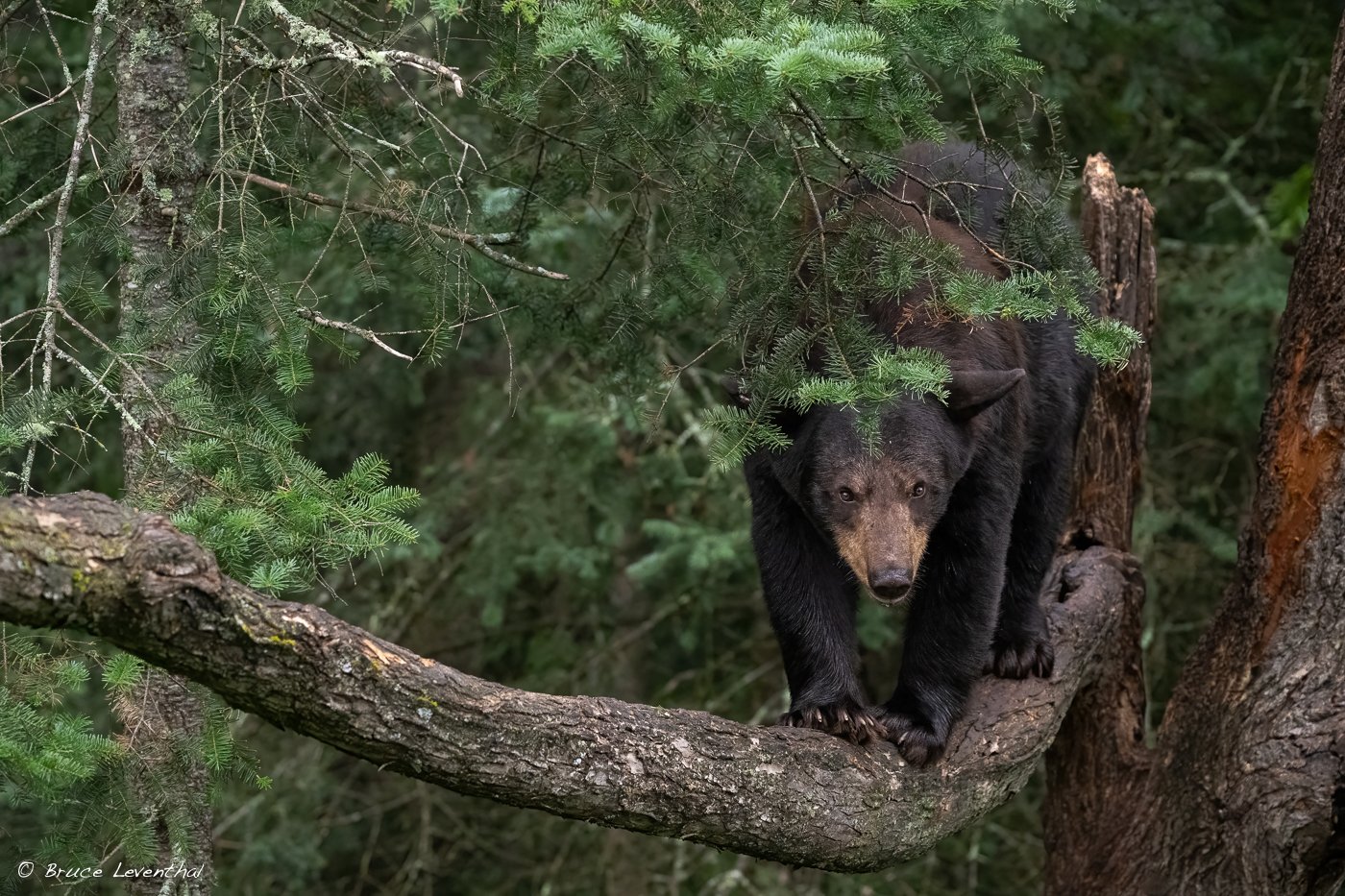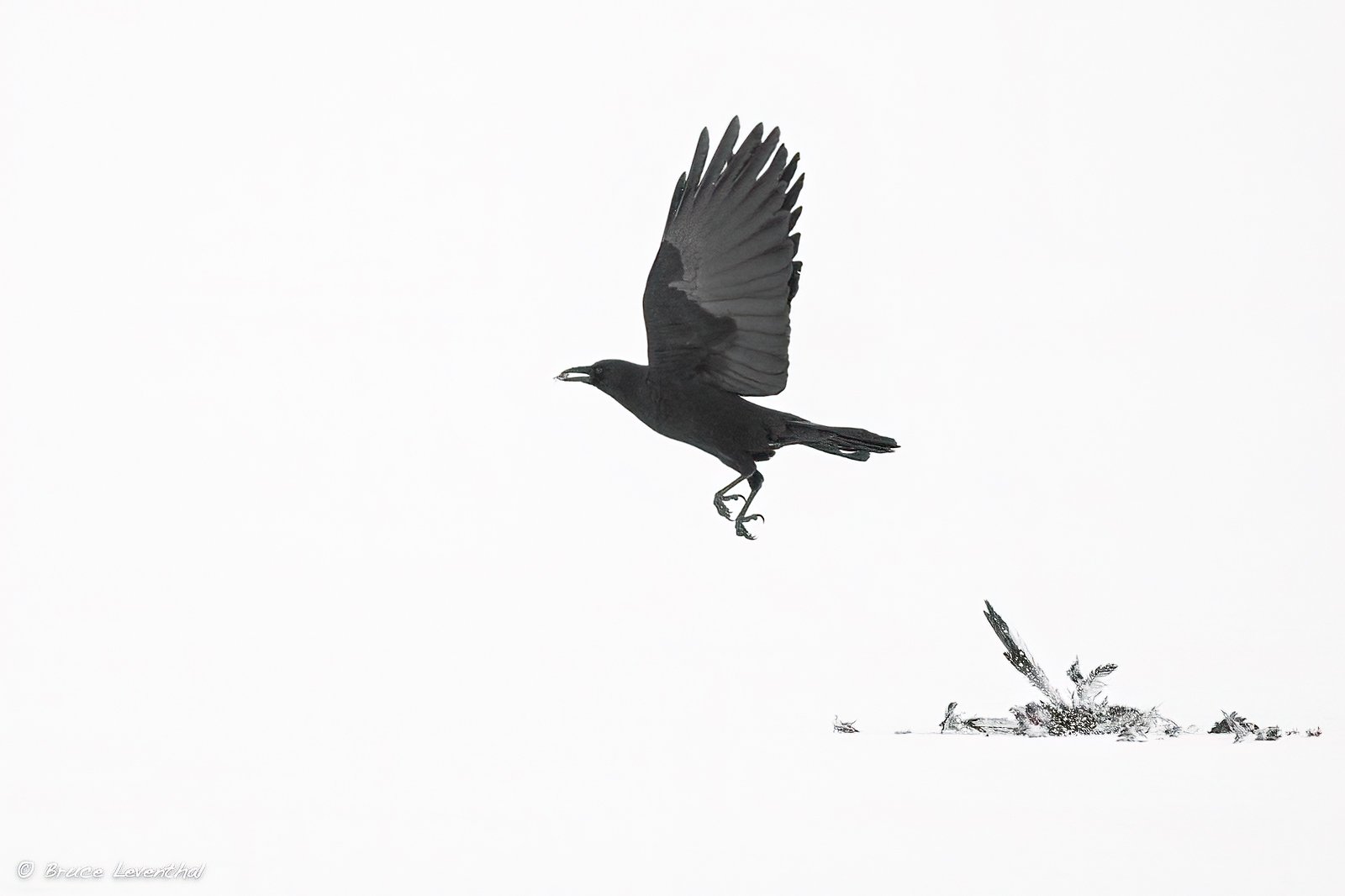On April 22, 2017 I wrote the linked blog about Earth Day. My musings reflected on biology, the Earth Day movement, and my confusion about the political moment at that time. Eight years later, the feeling of déjà vu is palpable, while the reality of the planet’s health and the future of its denizens seem even more tenuous.
On one side, progressive movements have advocated for bold climate action, green jobs, and environmental justice. On the other, skepticism toward climate science and fear of economic disruption fuels a resistance that has never been more powerful. Despite the entrenched polarization, I am hopeful that the frequency and intensity of climate disasters are forcing reluctant conversations that may break the malaise, and even forge some common ground. Yet, I fear that the politics of the day make honest and frank discussions about the environment nearly impossible.
So here we are, Earth Day 2025. It has arrived amid a turbulent moment where political appointments are disingenuous, draconian cuts have forced out experienced staff, data science has been demonized, and deregulation has gutted the EPA's enforcement capabilities. It is hard to be hopeful when there is a powerful force that supports the one-sided agenda of development over protection.
Sadly, those who care are tired and bewildered by this period in time in which the environmental movement is demoralized and deflated. Yet, there are those of us who continue to look for ways to fight the good fight. It is crucial that we keep talking about the data, the reality, the loss of biodiversity, the climate disasters, the food insecurity, the loss of property, and the right to live on a healthy planet. We, the environmentalists, are tired of fighting, but we are not done. For those who care, I suggest that you…
Reach out to your state and federal congressional leaders, and remind them that your health and safety is in their hands.
Find a way to volunteer your time and energy to advocate for a park, a habitat, a species, an environment,…
Support an organization that buy and conserve land, documents environmental damage, engages in lobbying, and/or works to protect an ecosystem.
It is Earth Day 2025 and out collective action has never been more important.
©2000-2025 BTLeventhal.com / BruceLeventhal.com All rights reserved. No image on this site may be used without permission.














































